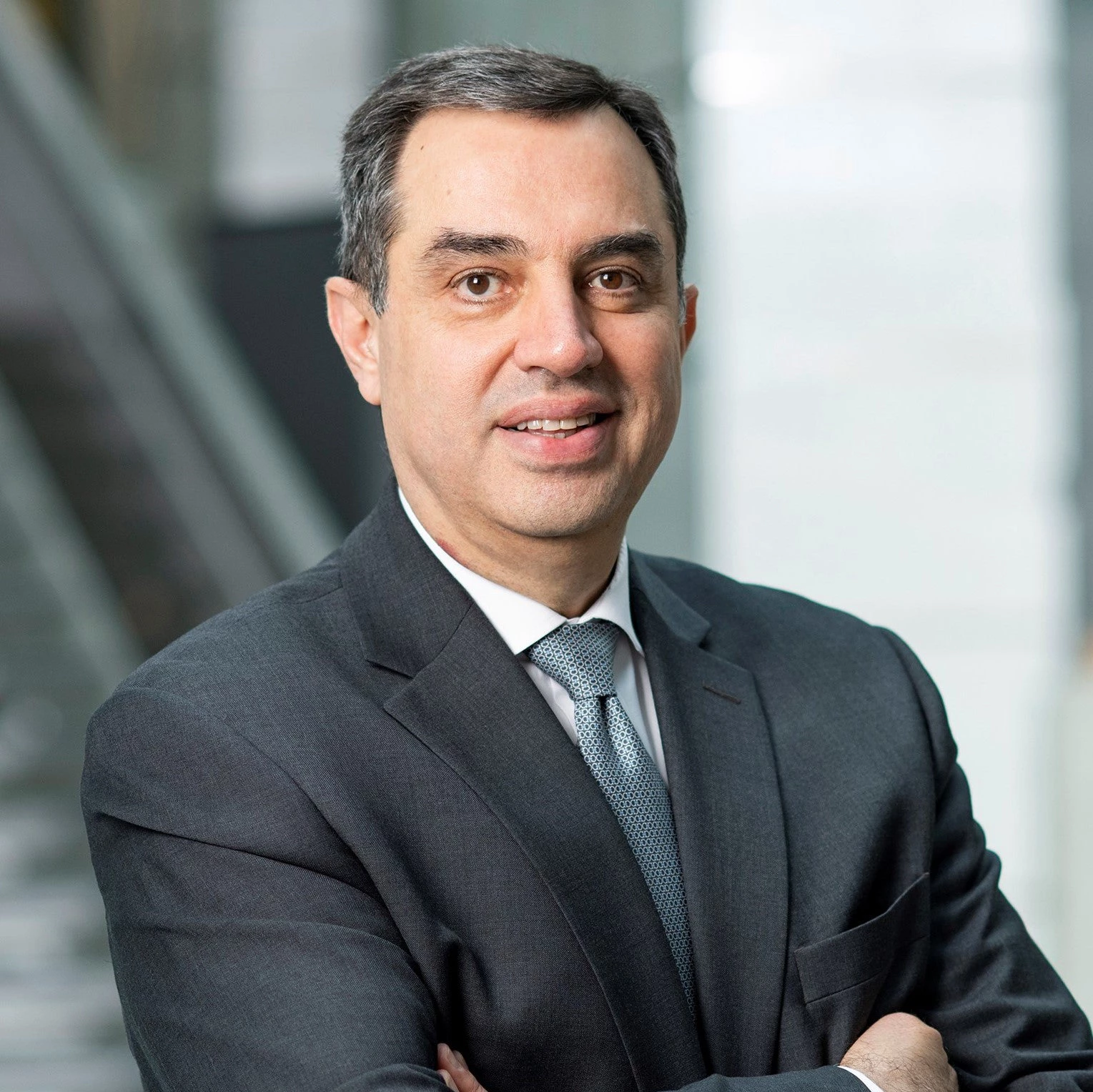 Four hands of businessmen collect gear from the gears of the details of puzzles. against the background of sunlight. The concept of a business idea. Teamwork. strategy. cooperation
Four hands of businessmen collect gear from the gears of the details of puzzles. against the background of sunlight. The concept of a business idea. Teamwork. strategy. cooperation
After spending two weeks at COP27, something that struck me is the triad of urgent needs: supporting the transition to net-zero economies, protecting emerging and developing economies from mounting and increasingly severe climate risks, and promoting universal access to basic services for millions of households around the globe that are left behind.
Low-carbon, climate-smart infrastructure is critical to achieving these goals, but the financing gap to make this a reality ranges in the trillions. Annually.
This astronomical figure may be difficult to hear, but all is not lost. There is alignment emerging among the public, multilaterals, governments, and private sector about the important link between infrastructure and climate, making for a ripe environment for progress . The key to bridging the gap is optimizing scarce public finance and spending in ways that generate more participation from the private sector. There are a number of ways to do this that bring the best of both worlds—expertise and innovation from the private sector and a dedicated understanding of local markets from the public sector. Multilaterals—like the World Bank—can help bring these two parties together.
Getting this done means pulling together the policies, frameworks, and institutional capacities, combined with good guidance and practical know-how to enable the people who pound the pavement and put the deals together with painstaking attention to detail to get all the climate, gender, social, and technical considerations right. This includes engagement across stakeholder groups, including the end-users, throughout the process.
While I served in successive ministerial roles in Jordan, I engaged directly in these processes, including through mega projects like the Aqaba Special Economic Zone that leveraged private sector solutions, created markets (and jobs)—and crucially—reduced public debt. Most importantly, these projects ultimately served the country and the people of Jordan. We were able to do more with our scarce public budget through win-win partnerships with the private sector.
Now, having worked in different parts of the World Bank Group since 2019, I see this work from another perspective, which I discussed at several COP27 events over the last few weeks. The World Bank supports policy reforms that enhance market transparency and efficiency, and works with clients to establish the institutional frameworks needed at the country level to bring these projects to fruition. We support countries in developing bankable project pipelines that provide access to concessional and grant funding and use blended and innovative financing bolstered by risk mitigation arrangements. The goal of all of this is to create a world where private finance is deployed for investments that create a greener, more resilient, and more inclusive world.
The World Bank hosts three donor-funded partnerships whose work underlies these massive efforts: The Public-Private Infrastructure Advisory Facility (PPIAF) strengthens policies, regulations, and institutions that enable private sector participation in infrastructure projects; the Global Infrastructure Facility (GIF) helps client countries build sustainable, quality infrastructure pipelines; and the Quality Infrastructure Investment (QII) Partnership provides support for incorporating quality principles that provide the foundation for achieving sustainable, resilient, and inclusive infrastructure.
We are laser focused on helping countries translate climate action objectives into concrete investment plans and bankable project pipelines. To accomplish this, we bring to bear the full suite of World Bank, IFC, and MIGA financing instruments and capacities to unlock larger volumes of private finance for quality, sustainable, climate-smart infrastructure. We are doing this in the context of our 2021-2025 Climate Change Action Plan to achieve an ambitious 35% target of financing to promote climate mitigation and adaption co-benefits, and, in FY22, we delivered a record $31.7 billion for climate-related investments. The World Bank’s Country Climate and Development Reports bring the plan to the country level and identify the policy reforms and priorities to make these ambitions a reality.
One country where private investment, government action, and international support are coalescing is Uzbekistan. The country’s first-ever 100-megawatt solar photovoltaic power plant at Nur Navoi benefitted from international coordination and innovative financing arrangements, including guarantees, which helped mitigate risks for private investors. This catalytic project, together with the country’s establishment of a public-private partnership department, helped open up Uzbekistan’s power sector to investment with a focus on renewable energy. Now, the country is well on its way to reaching its goal of 30% renewable energy generation by 2030, a remarkable transformation for a country that was 100% reliant on fossil fuels as recently as 2019.
These arrangements are long term and complex, many spanning decades and involving different entities and contracts. The key to success is in the planning, active management, and attention to vast and multiple layers of details and including areas where capacities need a boost. Financing the transition to net-zero economies underscores all of this work , including through pipelines of climate-smart PPPs and catalyzing financing for the energy transition, backed by practical guidance such as the Climate Toolkits we developed with IFC to get these models right.
The work ahead is hard, it takes a group of tenacious doers across the public and private sectors who hustle and ensure that we get all the components right both in terms of climate commitments and ensuring access to basic services.
It is all hands on deck. With determination we will do it. And we will do right by the planet, and people we ultimately serve.
Related Posts
How can we scale up the finance needed for climate action?
PPPs for COP27 and beyond: What does this mean?
A new resource at a pivotal moment: PPP Climate Toolkit for Infrastructure
New data shows private investment lends a hand as public debt looms large
A blueprint for action to attract private investment in climate adaptation for infrastructure


Join the Conversation